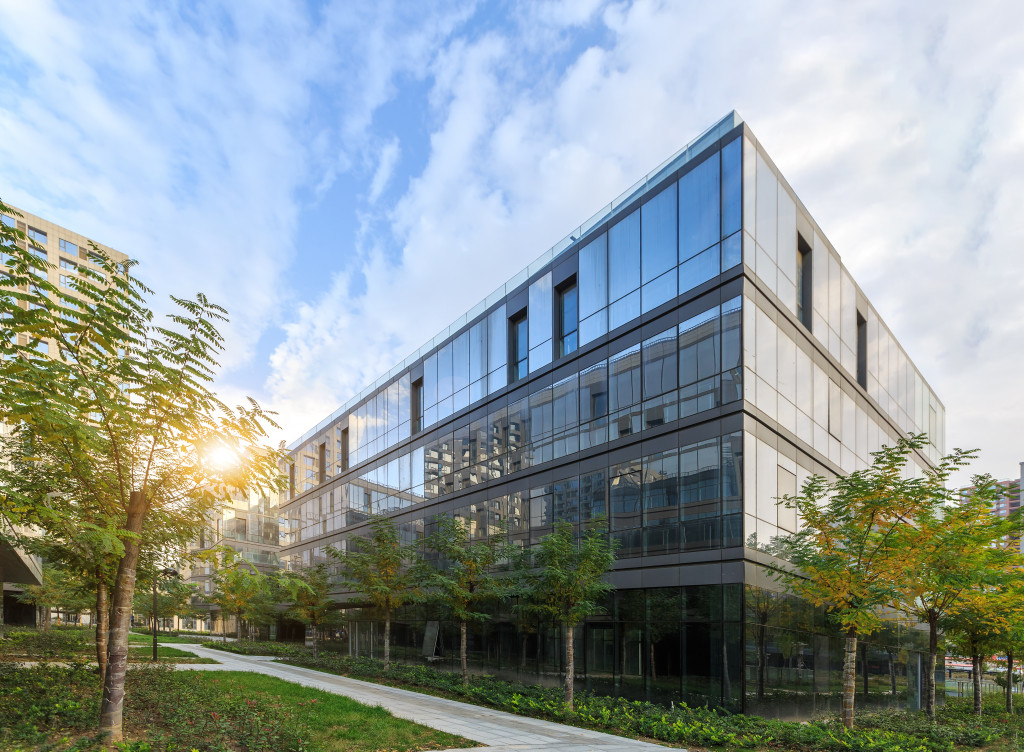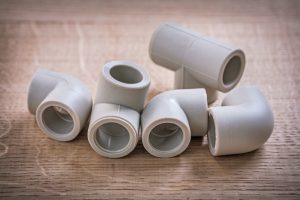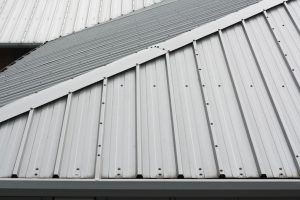We’ve heard it many times: “Prevention is better than cure.” This phrase is something facility managers should practice more when managing equipment in industrial facilities.
Preventive maintenance is a critical part of facility management. Its primary goal is to establish consistent methods designed to enhance the safety and performance of systems and equipment at your facility. For example, tech companies using high-value equipment invest in a data center flooring solution to protect the safety and quality of their industrial environment.
Implementing a preventive maintenance program can be costly and time-consuming. That’s why it has created a long-standing debate whether it is worth implementing. Will all the money and man-hours invested outweigh unexpected breakdowns? In this article, we’ll talk about why it’s worth investing in preventive maintenance measures and how they can affect the overall performance of a business.
Longer asset lifespan
One of the vital roles of preventive maintenance in industrial facilities is prolonging the lifespan of physical assets, such as equipment and machines.
When a piece of equipment is neglected and not regularly maintained, it eventually affects its health and lifespan. The phrase, “when it’s not broken, don’t fix it” shouldn’t be applied to managing facilities. While some think neglecting proper maintenance helps them save money, it actually leads to the opposite effect.
Every piece of equipment comes with a definite lifespan after undergoing varying degrees of wear and tear over the course of use. Depending on the type of demand, a piece of equipment will either require a repair or replacement, which both yield considerable costs for the business.
When companies invest in equipment, they often consider its lifespan and performance output. They also think about the potential cost of repair and replacement beforehand. Still, it’s important to implement maintenance measures to prolong asset life, including disposable units.
Here are some ways preventive maintenance enhance the overall health and life of facility assets:
- Detect and eliminate minor faults
- Improve the running capacity of the equipment
- Ensure fewer recalibrations
- Help managers make effective procurement decisions
- Paves way for digitized maintenance
- Lesser repair costs
Every time you check your equipment regularly, you’re allowing it to last longer since you can easily spot and address issues at an earlier time.

Fewer repairs and breakdowns
Lower risk of emergency repairs and breakdowns is another key benefit of well-planned preventive maintenance. Some facilities follow a reactive approach when dealing with equipment repairs. This means they wait for the inconvenience to happen before fixing a piece of equipment. In reality, emergency maintenance is one of the most expensive and dreaded types of maintenance by facilities running high-value equipment. These include companies operating high-tech and large-scale machines, such as biotech plants, microelectronics, and 3D printers.
It can be frustrating to see a piece of equipment fail and find out that you could have avoided the incident only by applying a simple fix. Now, you have to deal with a major problem that requires immediate intervention and hefty repair costs. In this case, preventive maintenance will help you avoid major problems and make repairs less expensive and easier to handle.
Performing regular preventive maintenance significantly supports your efforts in preventing the need for unplanned major repairs. Truth is, the small failures and faults found in your asset can get worse in the long run. Plainly because the longer a problem remains unfixed, the more inconveniences and damages it can cause.
Lower maintenance cost
There’s a widespread misconception surrounding preventive maintenance. Some think it can cost more money than the value of corrective action. Preventive maintenance actually has the opposite effect; it catches minor faults before they can turn into major ones that lead to costly expenses. As a result, you’ll save a lot of money and avoid downtime by dealing with the issue ahead of time.
Investing in low-cost, regular repairs and maintenance help ensure that your assets won’t require expensive repairs and immediate replacements. Also, observing regular inspections will further optimize inventory operations by reducing the capital required for equipment inventory without sacrificing the quality of service.
Preventive maintenance also reduces catastrophic failures in the facility. In the event of a workplace accident, the labor code requires the company to cover the cost of work injuries, worker compensation claims, and other hidden expenses.
As you progress, your team will likely discover more opportunities to detect key issues in the facility. Whether you’re managing a large plant or a small retail store, the benefits of preventive maintenance can make a big difference in the overall success of your business.






